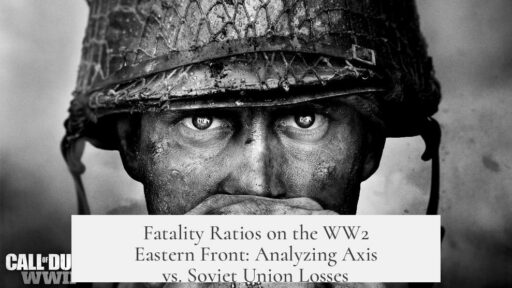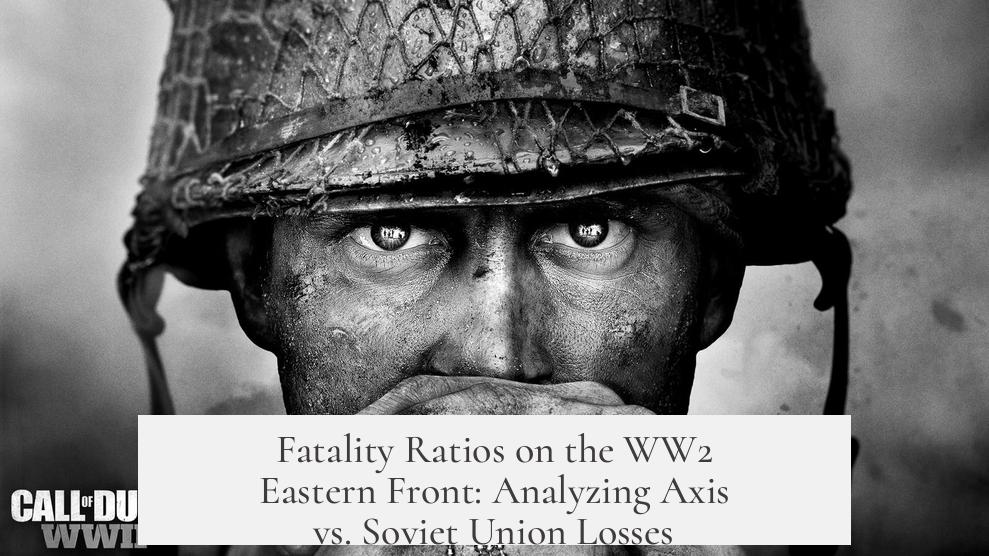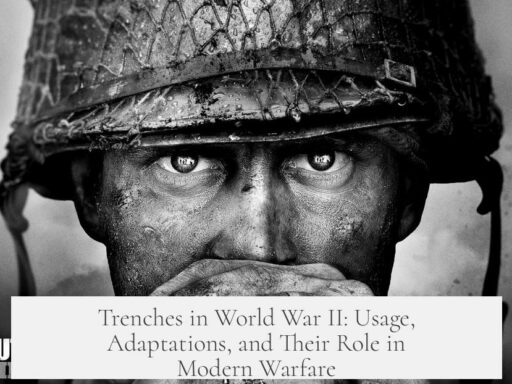The fatality ratios between Axis and Soviet forces on the WW2 Eastern Front show significant discrepancies influenced by differing data sources, inclusion criteria, and the vast scale of civilian and military losses. Axis fatalities, particularly German, appear inflated in some datasets because figures sometimes combine killed, wounded, disabled, and prisoners of war into one total. Reliable studies place German military deaths on the Eastern Front closer to 4 million, rather than 7 million.
One widely accepted source, Krivosheev, estimates German losses at roughly 6.9 million, but this figure includes 4.1 million killed or missing, 2.5 million prisoners of war, and over 200,000 dead among Russian volunteers in the Wehrmacht. Certain analyses, such as Glantz’s, may misinterpret or conflate these categories, leading to an overstated count of fatalities.
Soviet military fatalities alone total approximately 8.7 million, though crucially, over 3 million of these were soldiers who died as prisoners in German captivity. Soviet POWs had far lower survival rates—only 44.2% returned from German imprisonment compared to 86.5% of German POWs released from Soviet camps.
Including civilians drastically changes the picture. Civilian deaths in the Soviet Union during the war approach 13 million, driving total Soviet losses close to 20 million. Axis civilian casualties, for example Hungary’s, are sometimes misrepresented. Hungary’s total war losses of roughly 863,000 include about 300,000 military dead and 600,000 civilians, many Holocaust victims.
The treatment and fate of POWs significantly affect fatality ratios. The Soviet side experienced catastrophic losses in German captivity, highlighting the brutal conditions on the Eastern Front. Conversely, German POWs had comparatively higher survival and repatriation rates from Soviet camps.
Some historians suggest Nazi authorities underreported their true fatality rates, possibly hiding losses for propaganda or morale reasons. However, researchers like Krivosheev and Glantz remain trusted experts, having critically reviewed multiple primary sources to provide more accurate estimates. These findings underscore the complexity of comparing Axis and Soviet casualties directly.
| Category | German Losses (Eastern Front) | Soviet Losses (Military & Civilian) |
|---|---|---|
| Killed/Missing Soldiers | Approx. 4.1 million | Approx. 8.7 million |
| Prisoners of War | ~2.5 million captured, 86.5% returned | ~4.5 million captured, 44.2% returned |
| Military plus Civilians | Uncertain; Axis civilian losses varied by nation | Near 20 million total (including ~13 million civilians) |
Key points to consider:
- German war dead on the Eastern Front near 4 million; inflated figures often combine other casualty types.
- Soviet military fatalities exceed 8 million; POW deaths contribute substantially.
- Civilian deaths massively increase Soviet total losses.
- POW survival rates differ widely, worsening Soviet casualties.
- Reliable research confirms figures but acknowledges wartime data ambiguities.
WW2 Eastern Front Fatality Ratios between Axis and the Soviet Union: What’s Behind the Numbers?
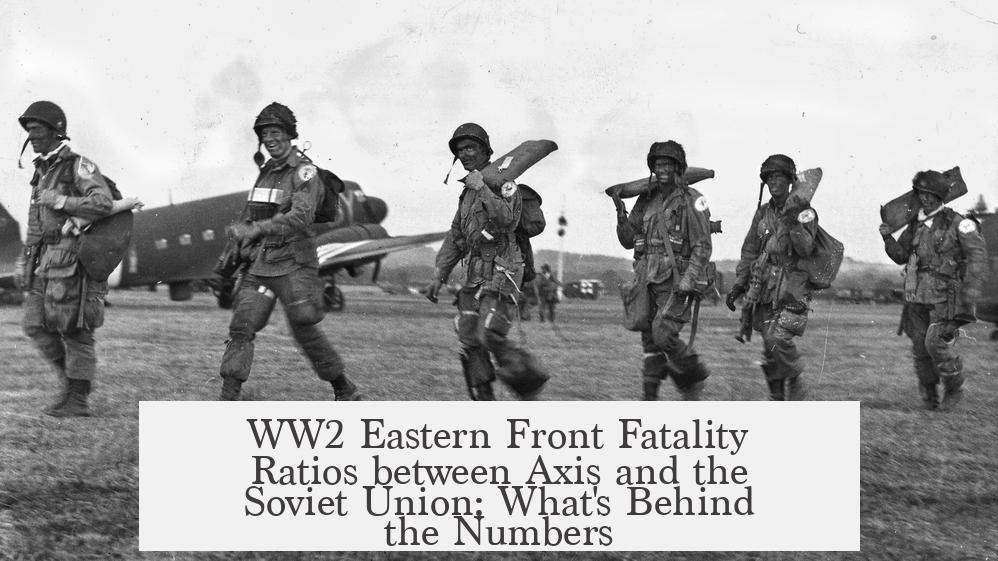
If you think World War II’s Eastern Front casualties are straightforward numbers, think again. The fatality ratios between Axis powers and the Soviet Union reveal a tangled web of counting methods, missing context, and even possible propaganda distortions. Let’s unravel this mess with facts, figures, and a sprinkle of clarity.
The Eastern Front was the bloodiest theater in World War II. The Axis powers, primarily Nazi Germany, and Soviet Union tensely battled from 1941 to 1945. As brutal as the fighting was, how we count the dead shapes our understanding of this brutal conflict.
Axis Fatalities: Numbers That Don’t Quite Add Up
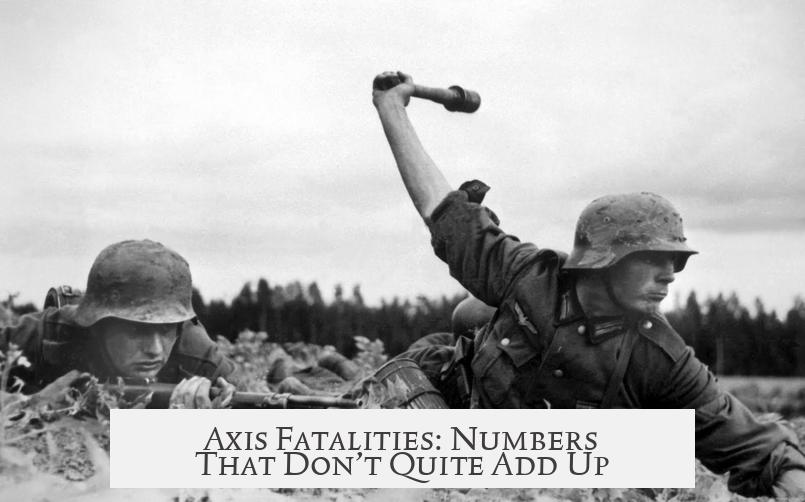
Starting with the Germans, casualty figures are often debated. Some sources, like Glantz, report a staggering ~7 million German war dead on the Eastern Front. But wait—this number lumps in “disabled” soldiers along with the dead. Mixing those categories? That’s like counting a sprained ankle as a permanent exit from the team.
More commonly accepted figures hover around 4 million German soldiers killed, based on scholars Krivosheev and Overmans, whose research is widely trusted. Krivosheev estimates about 6.9 million total German losses, but this includes 2.5 million prisoners, and only about 4.1 million actually killed. So, Glantz’s 7 million number likely conflates killed, captured, wounded, and disabled.
This discrepancy shows how fatality ratios can be misleading. Using total losses versus actual fatalities can dramatically skew perceptions.
What About Hungarian and Other Axis Allies?
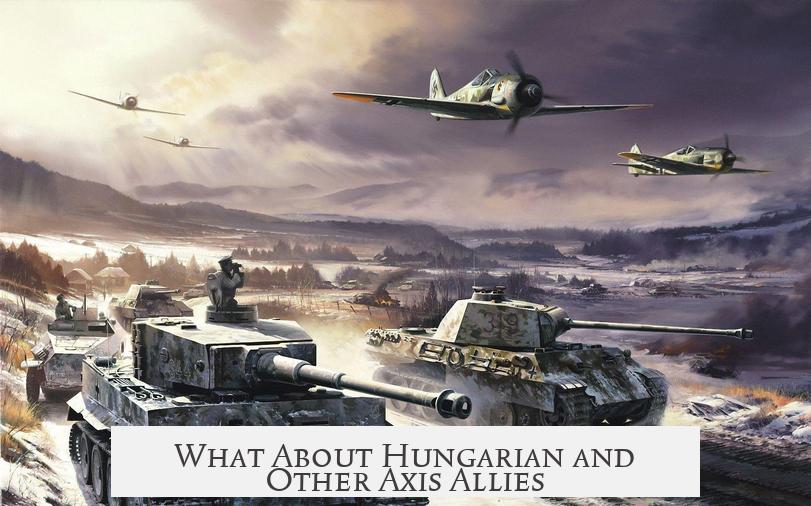
Hungary’s casualties also get exaggerated if civilians and military losses blur together. Some claims peg Hungarian WW2 losses at 863,000, but military deaths generally sit near 300,000, with civilians—tragically including Holocaust victims—adding another 600,000. Mixing these figures with German military losses can further confuse the Axis death toll picture.
The Soviet Side: A Grim Human Cost
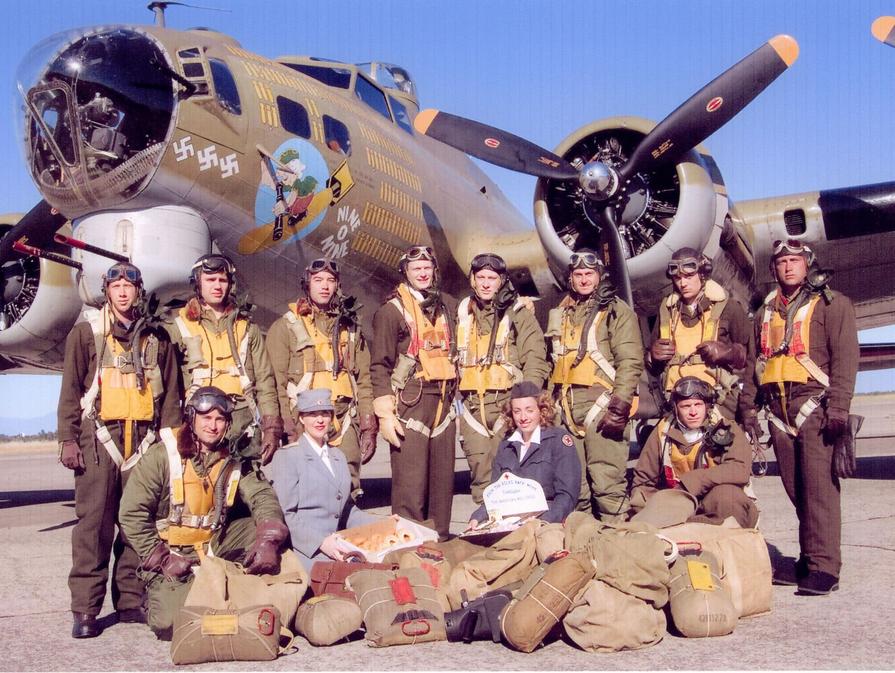
On the Soviet side, fatalities are immense. Including civilians, Soviet losses approach 20 million. Shockingly, this figure isn’t just battlefield deaths but includes civilians caught in the war’s horrors—bombing, sieges, forced labor, and genocide.
A vital detail often overlooked is Soviet prisoners of war. Over three million Soviet POWs died in German captivity from neglect, starvation, and execution. These deaths contributed heavily to the Soviet fatality count and help explain why initial Eastern Front casualty numbers seem lopsided.
Prisoner of War Survival Rates: A Stark Contrast
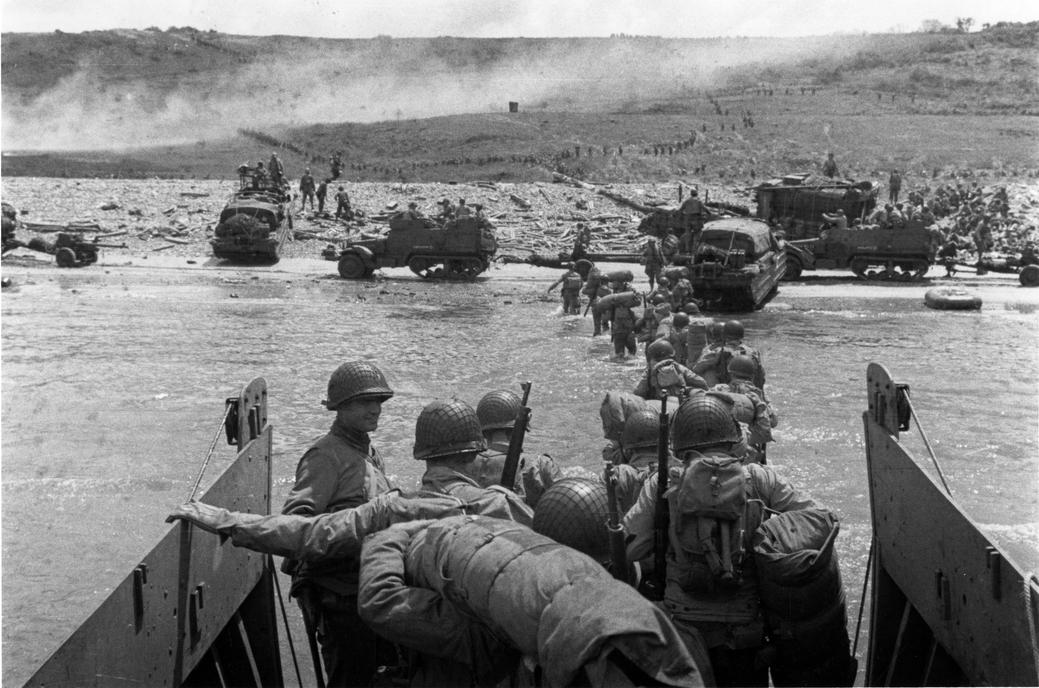
Here’s a stark fact: While about 4.5 million Soviet soldiers were captured during the war, only around 44% survived captivity and returned home. In contrast, nearly 87% of German POWs captured by Soviet forces made it back to Germany. Why the difference? Factors include treatment conditions, starvation, and sheer brutality, especially in the early years of the conflict.
How Reliable Are These Numbers?
So, can we trust these figures? Historians like Krivosheev, Glantz, and Isaev have reviewed numerous archives and are generally considered reliable. However, data from the Nazis themselves may be suspect—there’s a strong belief they hid or minimized actual fatality numbers to maintain morale or for propaganda.
Even Soviet numbers, while generally accepted, must be understood within the context of wartime chaos and the flawed record-keeping of massive armies and civilian casualties.
What Does This All Mean for the Fatality Ratios?
Counting dead isn’t simply adding up bodies. It’s about comparing apples and apples, not apples and, say, mashed potatoes. Some sources include wounded and disabled in “fatality” numbers for Axis troops, but count only killed and missing for the Soviets. Unsurprisingly, that muddles ratios.
The key takeaway? The fatality ratio between Axis and Soviet forces isn’t just about raw numbers but about the methods and definitions behind those numbers. When you consider true battlefield deaths, the Soviets suffered about twice the fatalities of their Axis counterparts on the Eastern Front. But when including all losses—prisoners, disabled, civilians—the picture becomes more complex.
Engaging Questions to Ponder
- How should historians balance military versus civilian fatalities in understanding war impacts?
- What responsibility lies with wartime powers in accurately reporting casualties?
- Can we ever achieve fully accurate fatality figures decades after such turmoil?
Why Should You Care?
Understanding these fatality ratios goes beyond trivia. It informs how we remember sacrifice and the human cost of tactical decisions, ideology, and leadership during one of history’s deadliest conflicts. It also cautions us about accepting simplistic numbers without context.
Next time someone quotes an astonishing death toll number from WW2’s Eastern Front, ask: Are they counting dead, disabled, or missing? Are civilians included? This deeper dive reveals the story behind the numbers.
So, while the exact fatality ratio remains a debated trapdoor of history, the sobering fact stands clear: The Eastern Front was a theater of unimaginable carnage, impacting millions on both sides and civilians caught in tragic crossfire.
